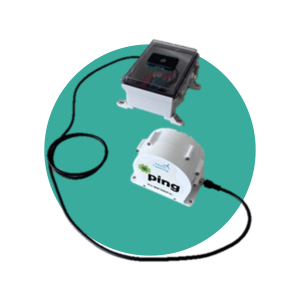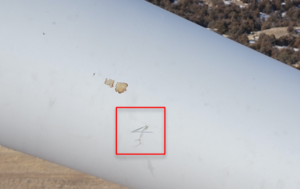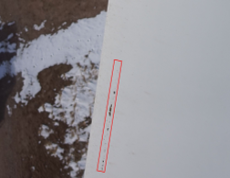The in-blade system uses sound emission to detect root zone structural damage. Sound from wind turbine blades is received by the microphone and processed through different algorithms to identify noise from damage.
Depending on the sound generated by the respective rotor blade, the in-blade sensor “hears” whether there is rotor blade damage or not. You can conveniently view the data via the dashboard or reports.



